Topic
The weakest dies, the rest continues to grow
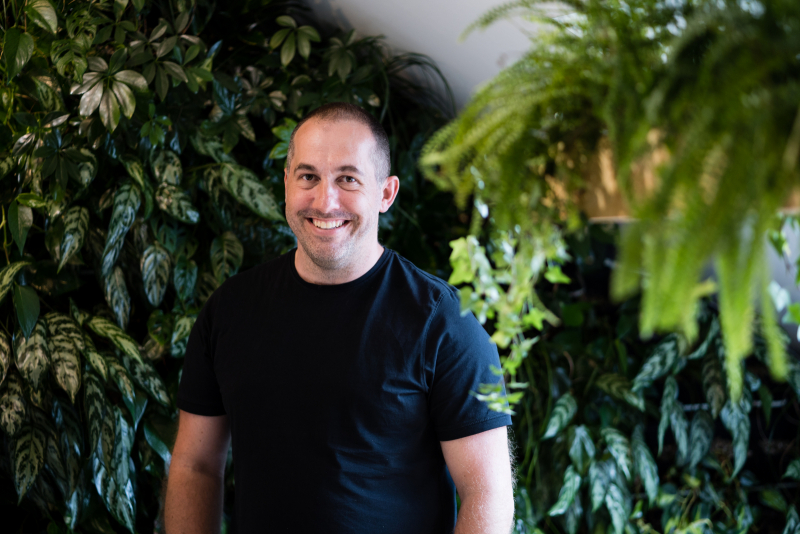
With summer approaching, most people in large cities look forward to leaving for water, cottages or mountains. And there’s no reason to blame them. Heated squares and radiating housing estates are not places to spend more time than is absolutely necessary. But what if we could change that and bring more freshness and coolness to the city, making it more livable throughout the year?
In the corridors of the Institute of Building Structures of the Faculty of Civil Engineering of the BUT, we pass by flowerpots on the walls. Monsteras and aglaonemas gleam with their leaves. "We take care of them absolutely minimally. Occasionally, we remove dry leaves and fertilise them. Otherwise, it's up to them to survive," David Bečkovský throws me into the harsh reality of local indoor plants. The same approach is also being pursued in the field he professionally focuses on – green roofs.
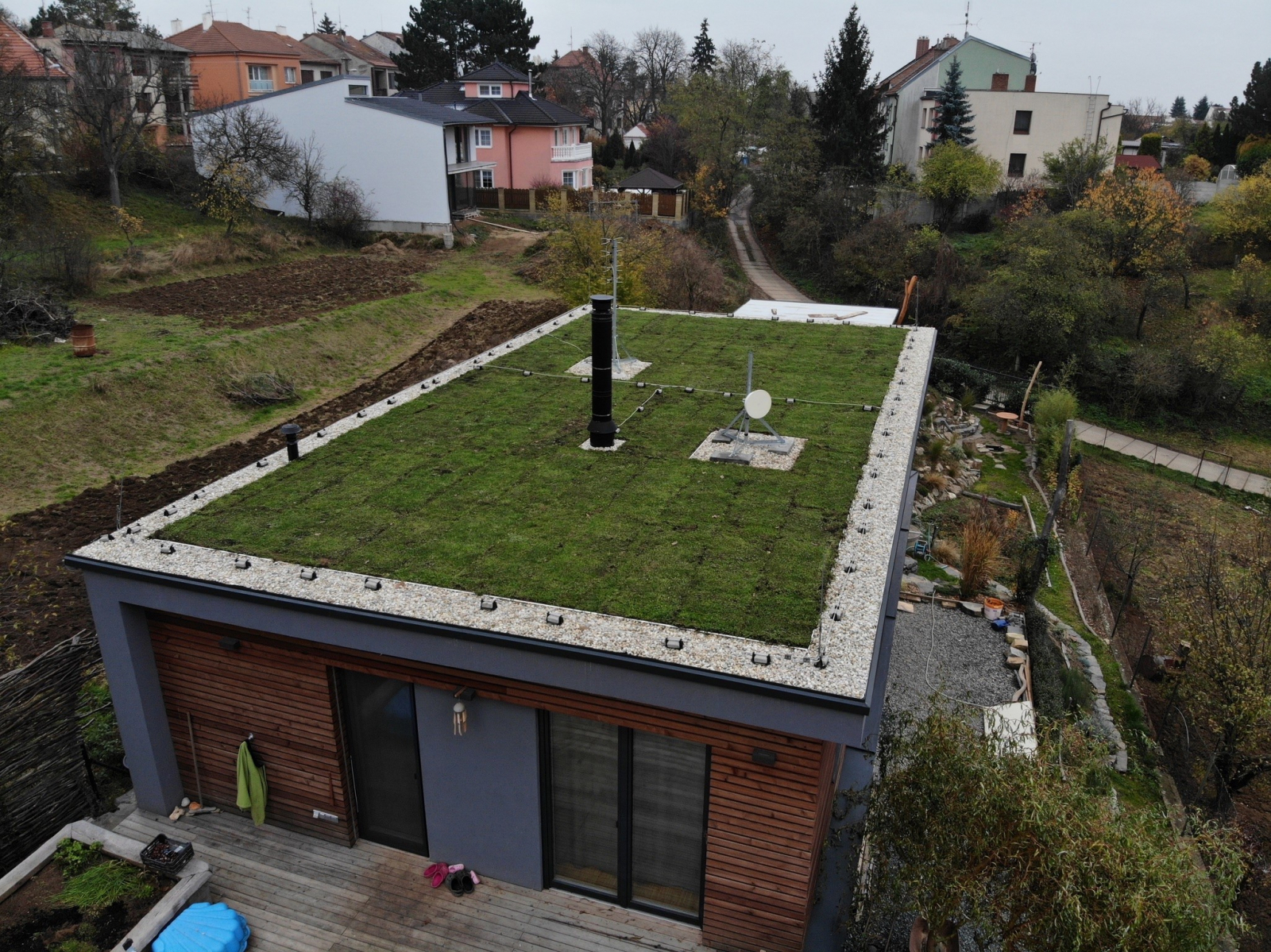
"If you give enough water to a plant, you spoil it. Once you take something away from someone that they can't have, for example, banning irrigation throughout Brno in August due to water shortages, green roofs with irrigation will die. We must distinguish whether it is a roof garden with irrigation from a retention tank or a technical construction of a green roof. At our faculty, we focus on technical constructions. But when the roof has almost no water for a long time, the plant has to cope with what it gets from the atmosphere, and it gets used to it. The weakest dies, and the rest continues," Bečkovský responds to the objection that green roofs are demanding in maintenance and need watering.
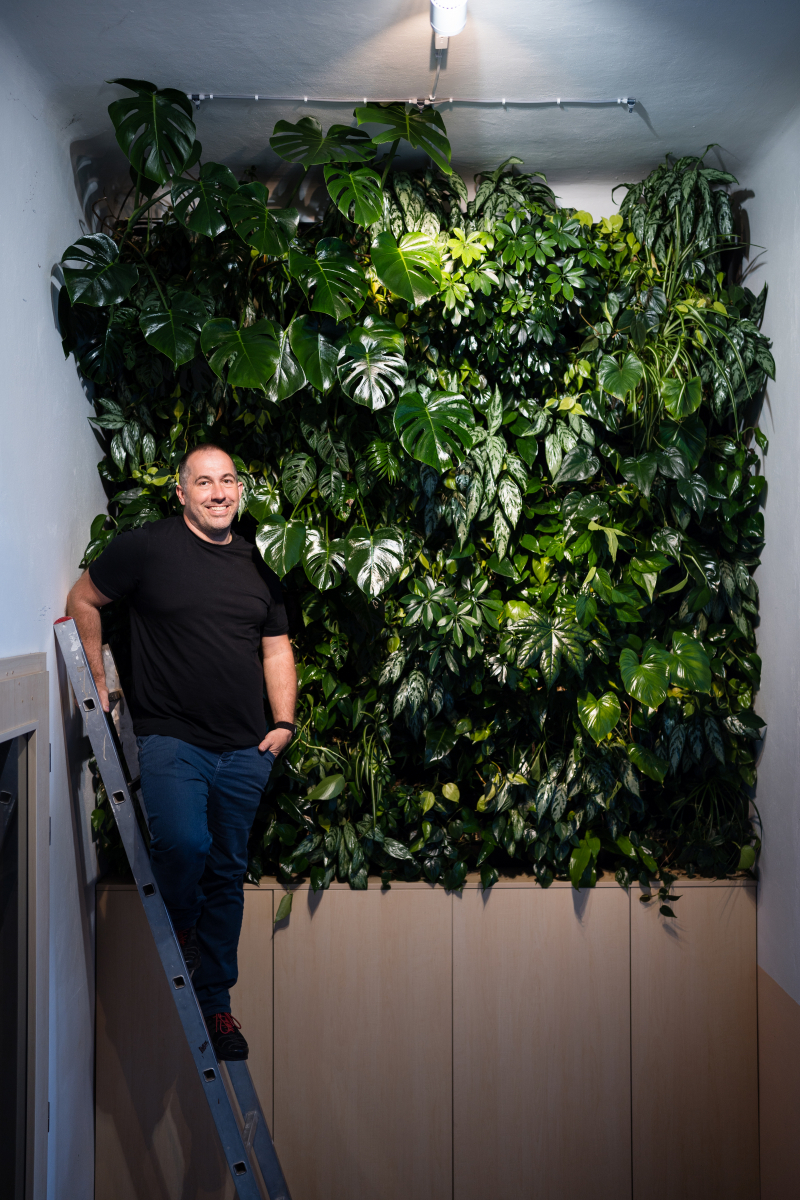
FLOWERS CAN HANDLE IT
For the installation of green roofs, gardeners, in collaboration with technicians, select various types of sedums, which lose their bright green colour when there is a lack of water but can survive long droughts. "Flowers can handle it. It didn’t rain in the spring, we've had a month without rain. As soon as it rains for a week now, the red seemingly dry roof turns green. Sedum can hibernate; it shrinks, and although it doesn't look nice, it still works technically as a green roof," confirms builder Bečkovský, supporting his previous words about the low maintenance of a properly designed green roof.
A carpet made of plants is mainly suitable for flat roofs, such as blocks of flats, garages, car parks or cascading buildings, calculates David Bečkovský: "A nursery is usually two floors at most, so why couldn't the floor above the playroom have a green roof? And you cat take it as an educational tool." Because a green roof can adjust not only the temperature but also the airflow, it can be simulated before it is laid to determine how it will cool its surroundings.
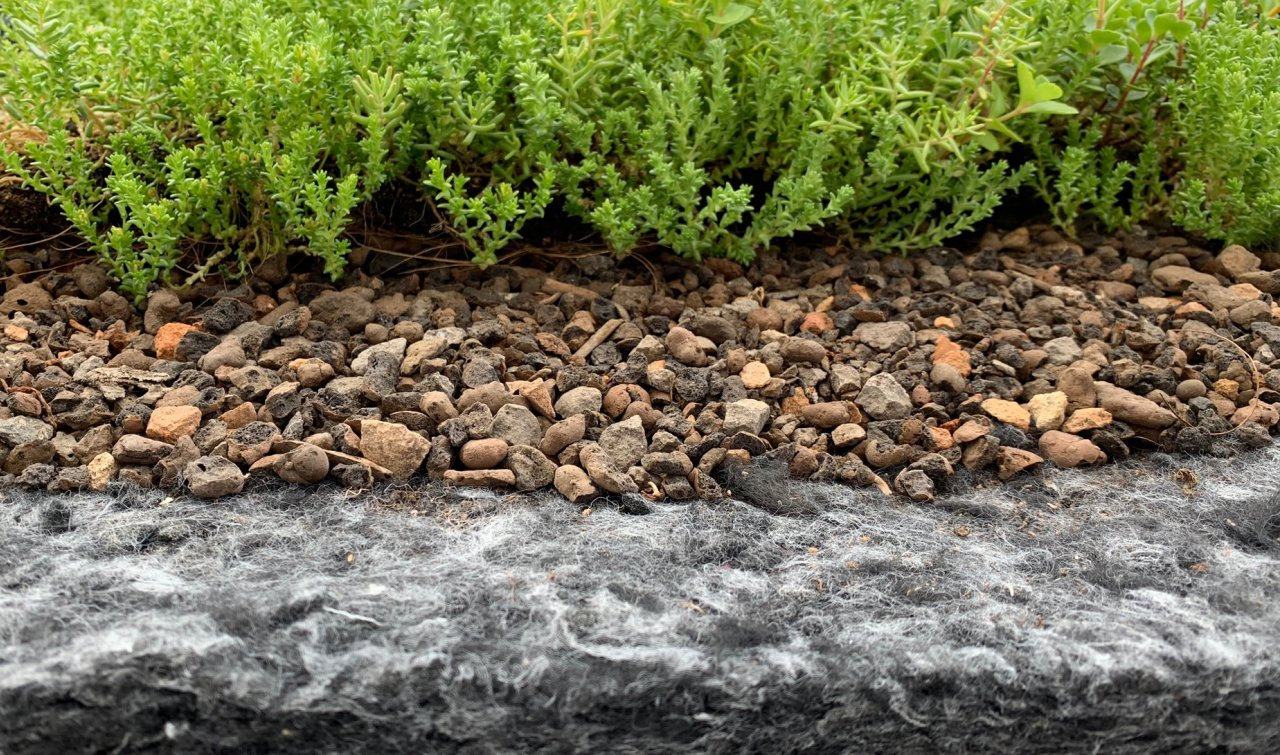
Data and calculations are also the main task of the team around the enthusiastic researcher who is a building physicist. They calculate whether the roof can withstand the load of soil and plants, how much of each will be needed, and how to correctly design the drainage system: "Even an old roof can have a green roof. There are foil and asphalt roofs that are fifteen years old and need to be replaced. Why not take advantage of the benefits of a green roof at that moment?"
RECYCLE PLASTICS, USE SUBSIDIES
In one project in which a team from the Faculty of Civil Engineering was involved, the engineers designed a hybrid panel for green roofs. To produce one square metre, recycled material from 150 half-litre PET bottles is used. When calculating the roof coverage of a family house, experts concluded that they would use about six years of the family’s plastic waste. Roofs made of similar materials are now being built in the Czech and Slovak Republics, as well as in Israel.
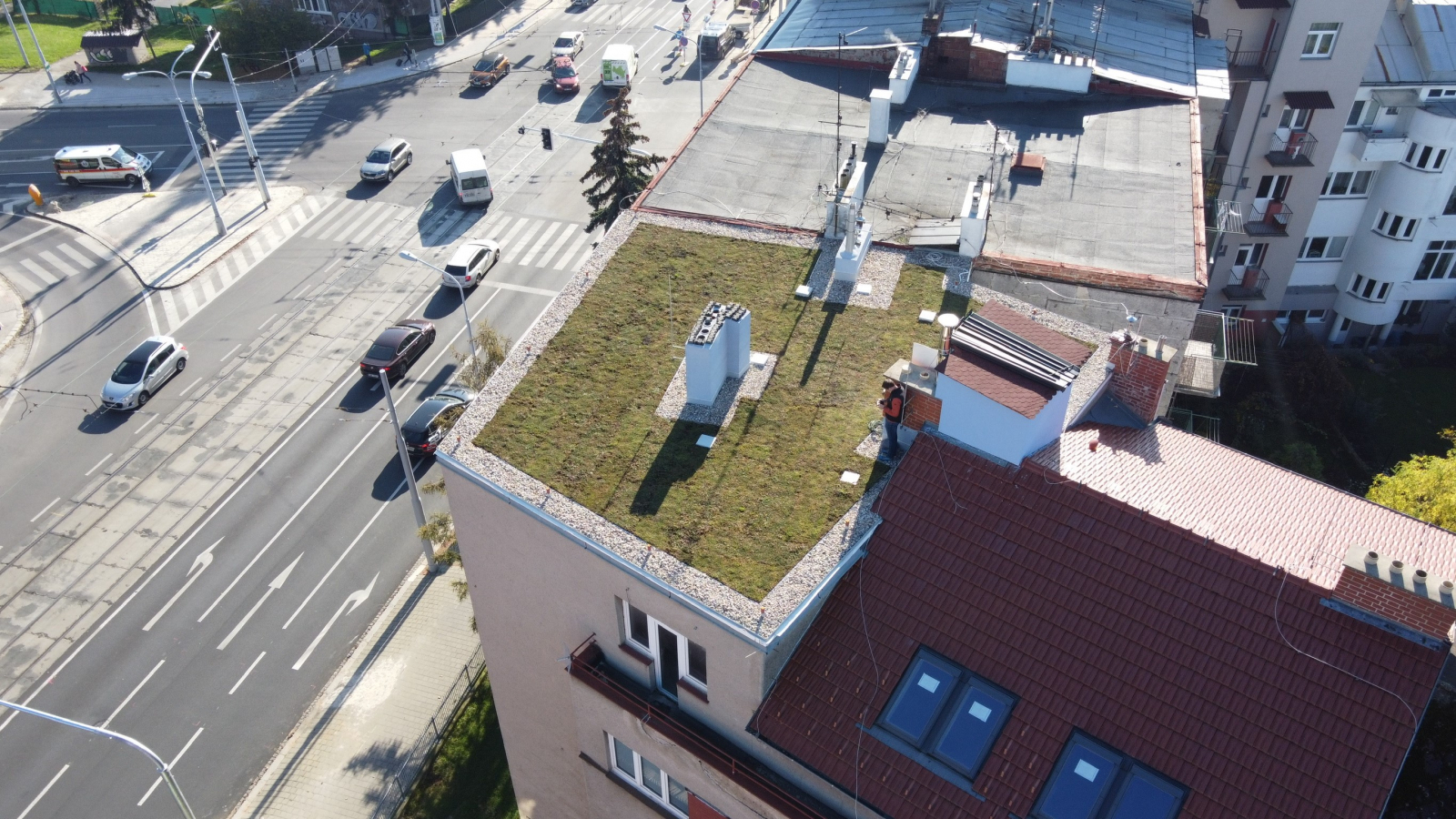
Roofs covered with plants appear as nature islands in the concrete city from an aerial view. Thanks to their ability to cool the surroundings, they not only improve the air in the streets but also serve as an ideal foundation for solar panels. These panels, benefiting from the cooling effect of the green roof, do not overheat and function better. Moreover, transparent and semi-transparent panels, which do not shade the plants, are now available. A flat bare roof gains several useful functions this way.
And is such a roof expensive? For example, the Brno City Hall has been allocating CZK 20 million annually for the installation of green roofs. With the subsidy, the cost per square metre for an individual is around 400 crowns instead of roughly four times the original amount, making it more or less the same price as paying extra for a different type of waterproofing. Besides family houses, builders from FCE also tackle large projects. "We provided data for the largest green roof in Central Europe, which is approximately 16,000 square metres and will be on the tram depot in Pilsen," concludes Bečkovský optimistically.
(tk)
A scientist brings hot lava samples from Iceland to Brno
Unique solution to rid houses of mould. Now patented
BUT experts address climate challenges, floods, and the future of Czech water
Green facades improve the air and lower the temperature in hot cities
Microplastics in drinking water will increase